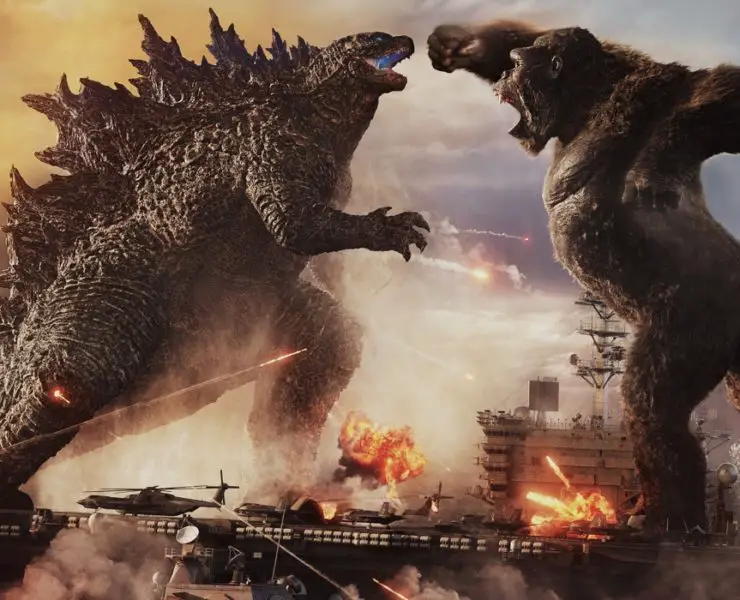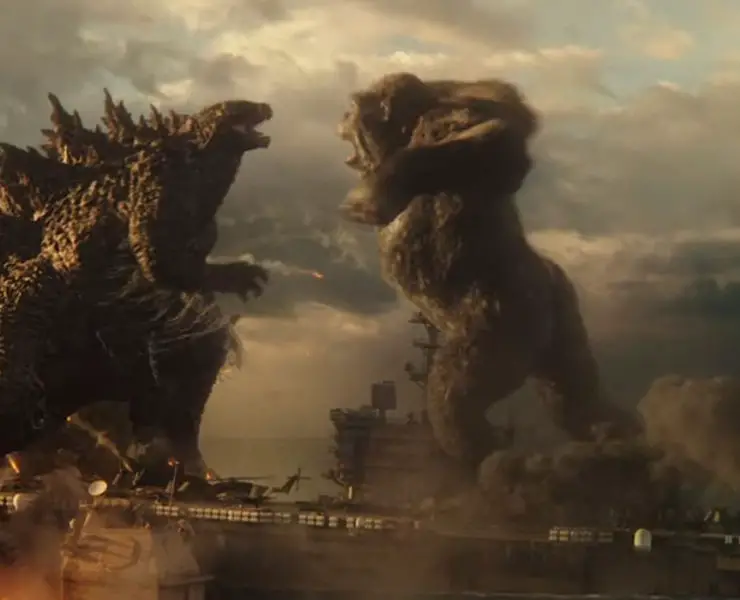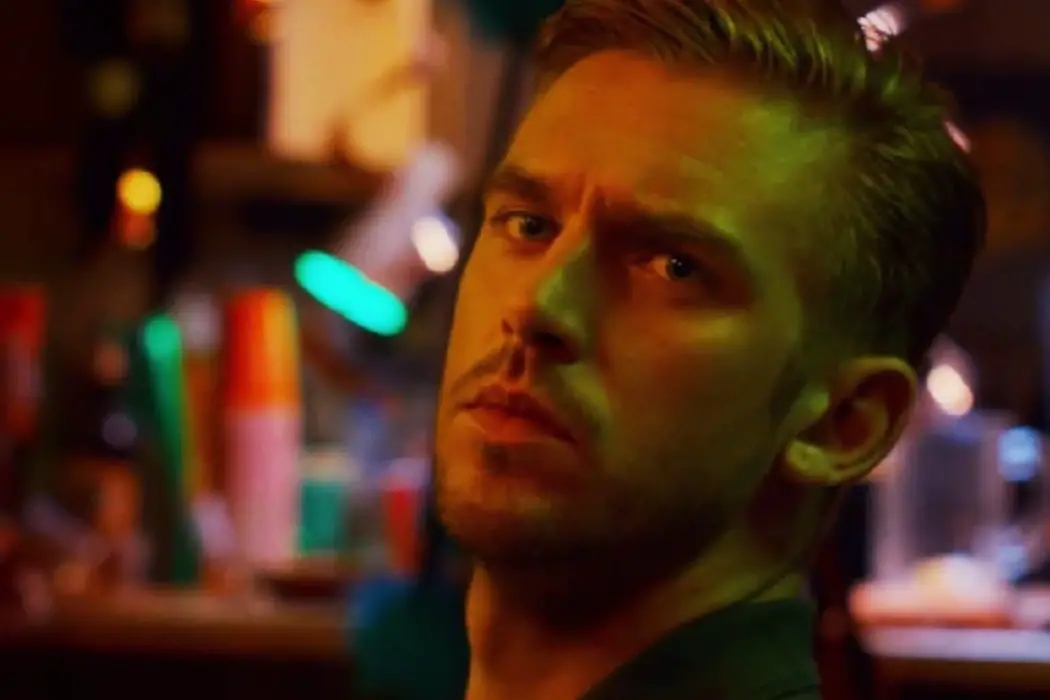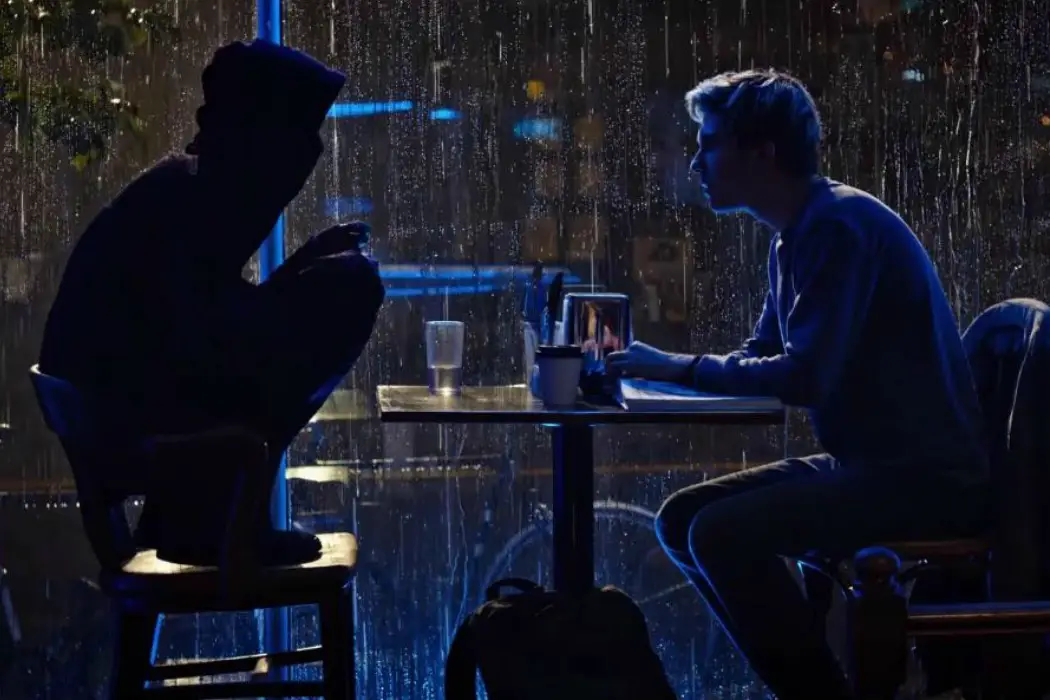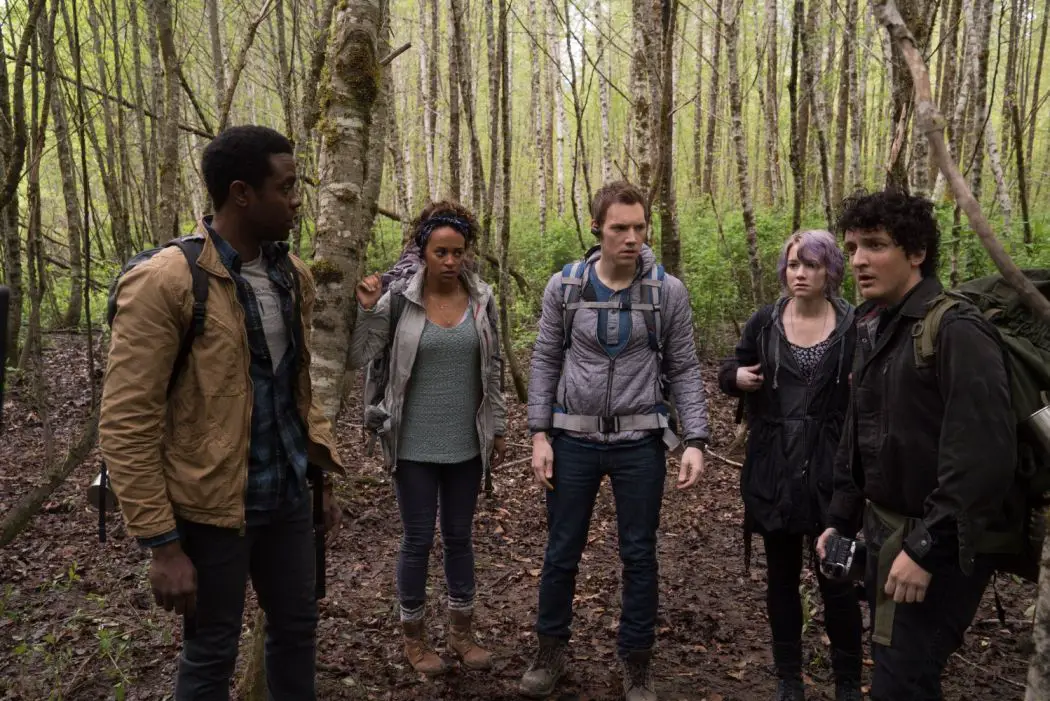Adam Wingard
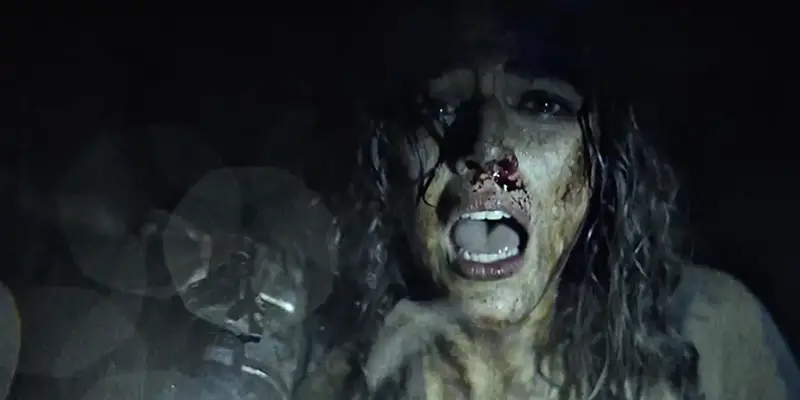
The idea of the “secret sequel” seems to be a new marketing scheme in horror cinema as of late. Earlier this year, a sequel to the film Cloverfield came out, called 10 Cloverfield Lane, yet nobody knew it was a sequel until a couple months before its premiere. In similar fashion, Blair Witch, the sequel to 1999’s seminal horror The Blair Witch Project, was originally filmed under the fake title “The Woods” so as to hide its true intentions.
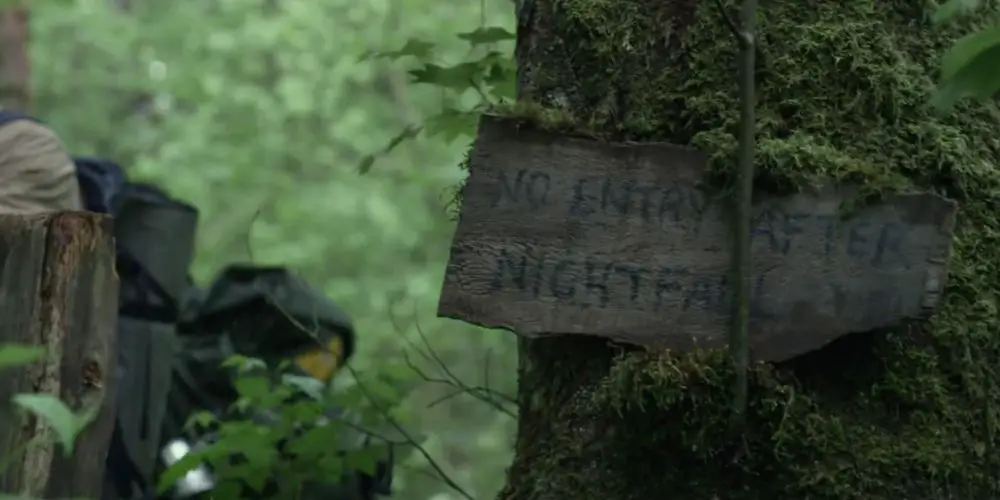
Blair Witch is 2016’s second hidden horror sequel, joining 10 Cloverfield Lane in utilizing a late-game title reveal to cause a swarm of free internet buzz. Both film franchises are known for their unusual marketing strategies, which makes the tactic a bit less off-putting, but it still elicits fear that the flashy move is a cover for sub-par material. By the time 10 Cloverfield Lane was actually released, most viewers were genuinely surprised by its quality, and I’ve got a feeling that Blair Witch might become a similar shocker.


